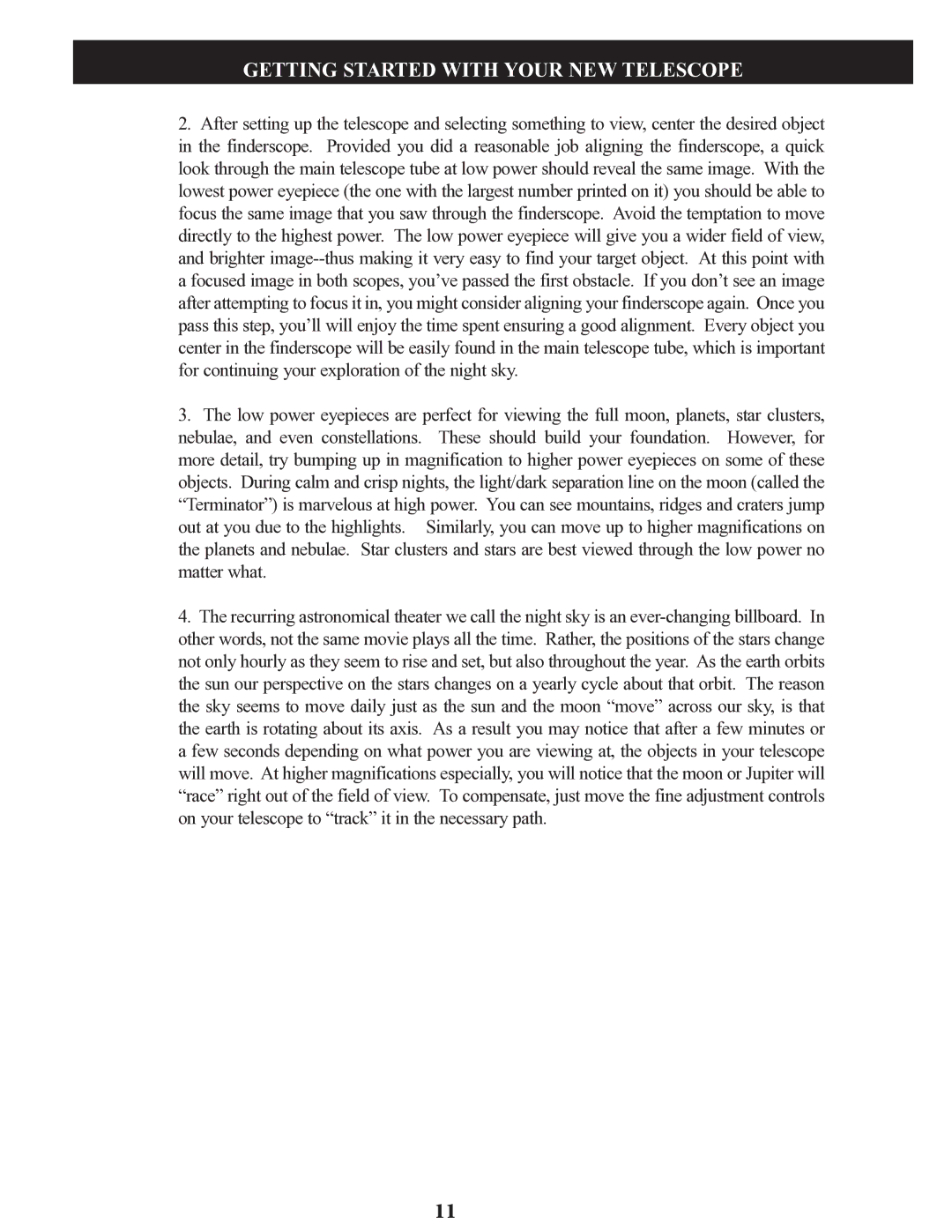78-9970, 78-9930, 78-9945 specifications
Bushnell has long been recognized for its premium outdoor optics, and the models 78-9930, 78-9970, and 78-9945 further solidify that reputation. These products deliver a blend of advanced optical technologies, durability, and user-friendly features designed for outdoor enthusiasts and sports aficionados alike.The Bushnell 78-9930 is a high-performance binocular that boasts an impressive 30-millimeter objective lens diameter. This feature enhances light-gathering capabilities, allowing users to enjoy crisp, bright images even in low-light conditions. The binoculars also incorporate fully multi-coated optics, which maximize light transmission and reduce glare, providing exceptional clarity and contrast.
Equipped with BaK-4 prisms, the 78-9930 ensures high-quality images with a round exit pupil, aiding in a more enjoyable viewing experience. It also features a robust rubber armor construction that not only provides a firm grip but also protects against shocks and impacts. With a waterproof and fog-proof design, these binoculars are perfect for any adventure, whether you’re hiking in the mountains or observing wildlife near a lake.
The Bushnell 78-9970 takes optical performance a step further with its innovative image stabilization technology. This feature compensates for hand movements, resulting in a steady image—a significant advantage for bird watchers or outdoor adventurers who find themselves in uneven terrain. Additionally, it offers an impressive magnification, making distant subjects appear closer without sacrificing image quality.
Moreover, the 78-9970 includes a built-in compass, further enhancing its utility for outdoor navigation. Users can easily track their orientation while enjoying the stunning views around them. The rugged design, combined with advanced features, makes it a top choice for those who demand precision in their optical gear.
Lastly, the Bushnell 78-9945 is a versatile spotting scope, perfect for both terrestrial and astronomical viewing. With a powerful magnification range, it is designed to capture distant details with remarkable accuracy. Its large objective lens makes it suitable for stargazing or wildlife observation during twilight hours.
The 78-9945 features an adjustable tripod mount, allowing users to stabilize the scope for long-duration viewing. The scope’s rubberized exterior further ensures durability and a non-slip grip. With a field of view that surpasses many competitors, it provides an immersive experience, whether watching a sporting event or identifying celestial objects.
In summary, the Bushnell 78-9930, 78-9970, and 78-9945 models encapsulate the brand's commitment to quality and innovation. Each device is tailored to enhance the outdoor experience, featuring advanced optics, robust construction, and user-friendly attributes. These models come highly recommended for anyone looking to invest in reliable and high-performing outdoor optical equipment.
